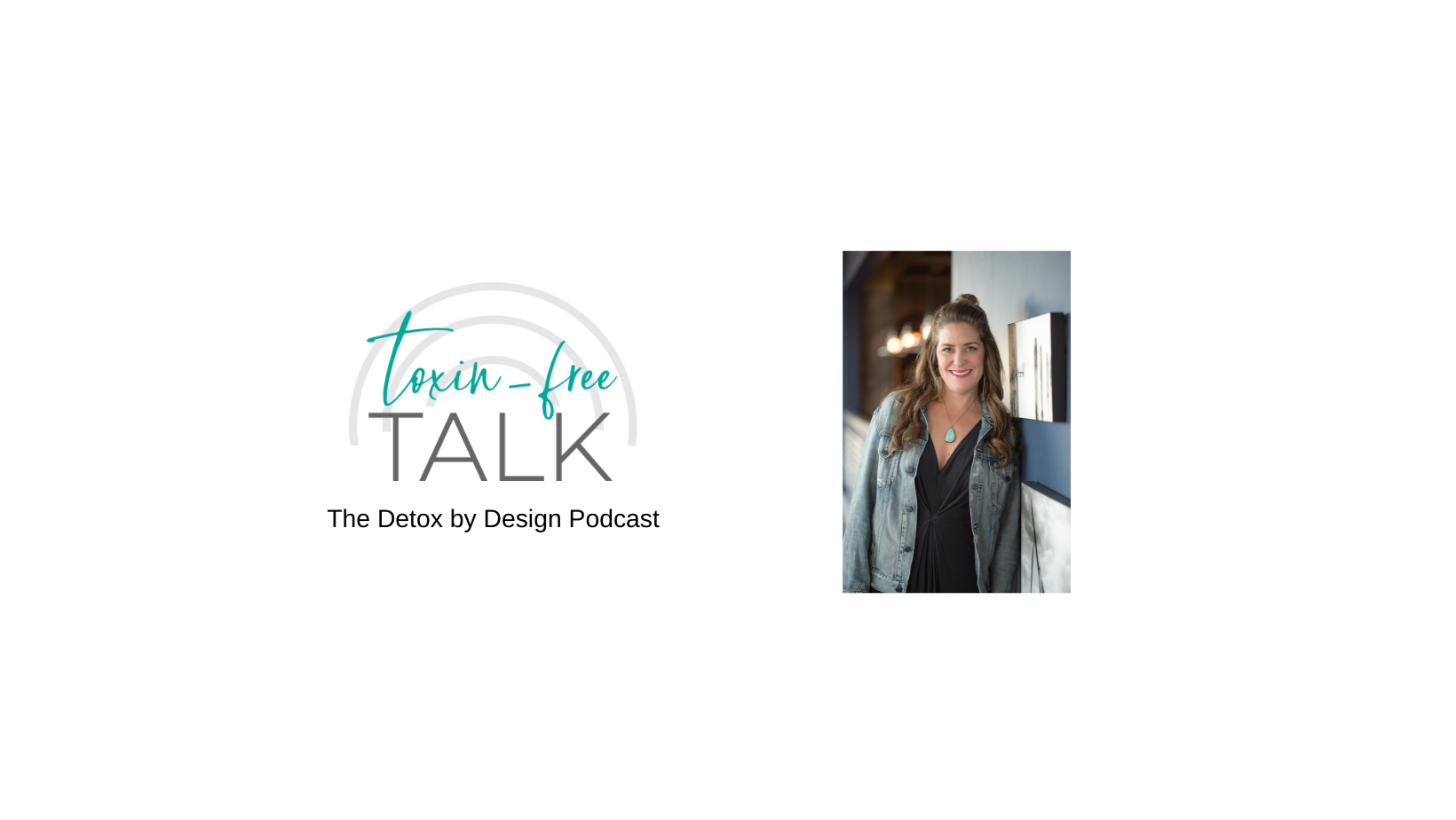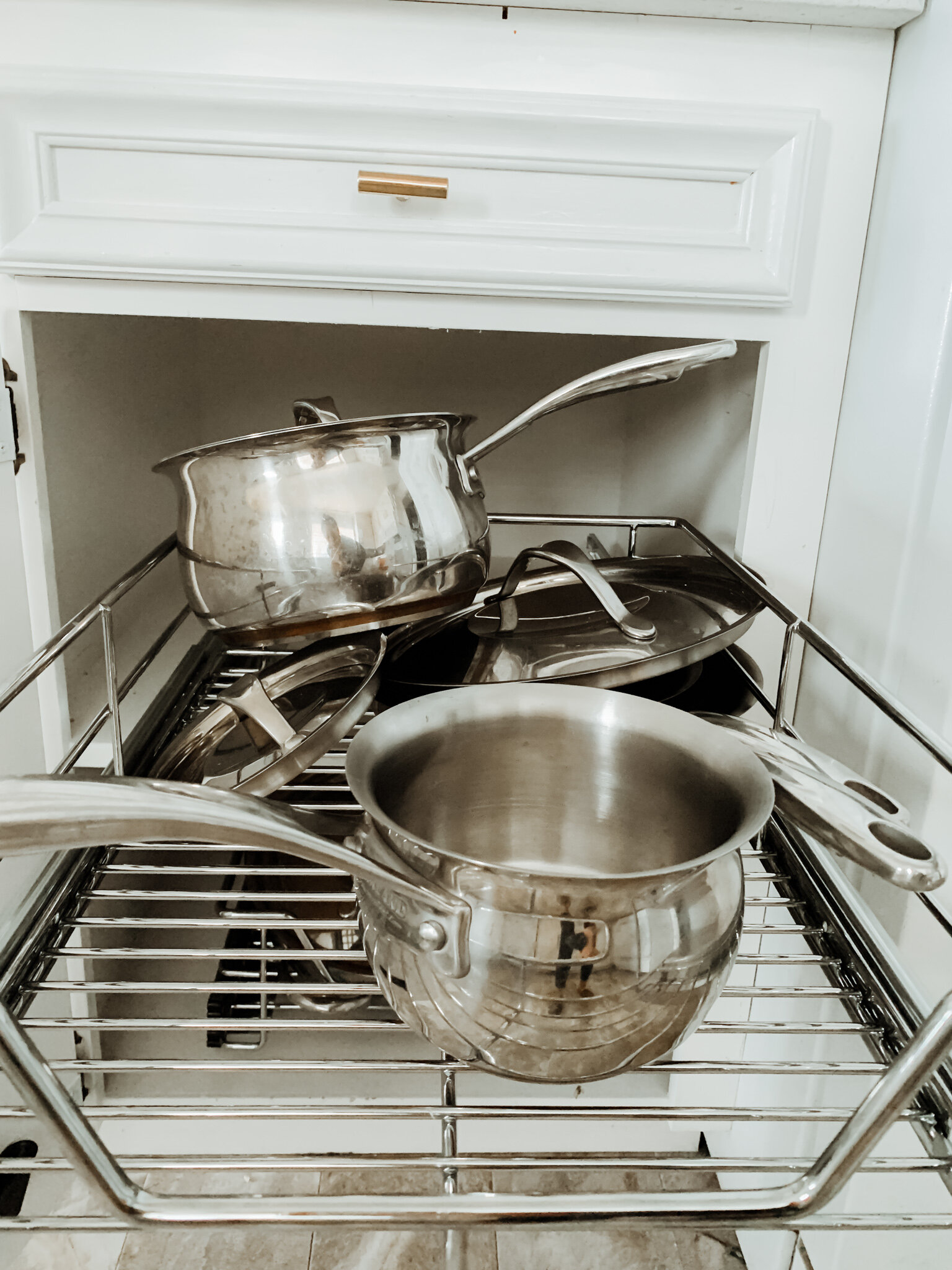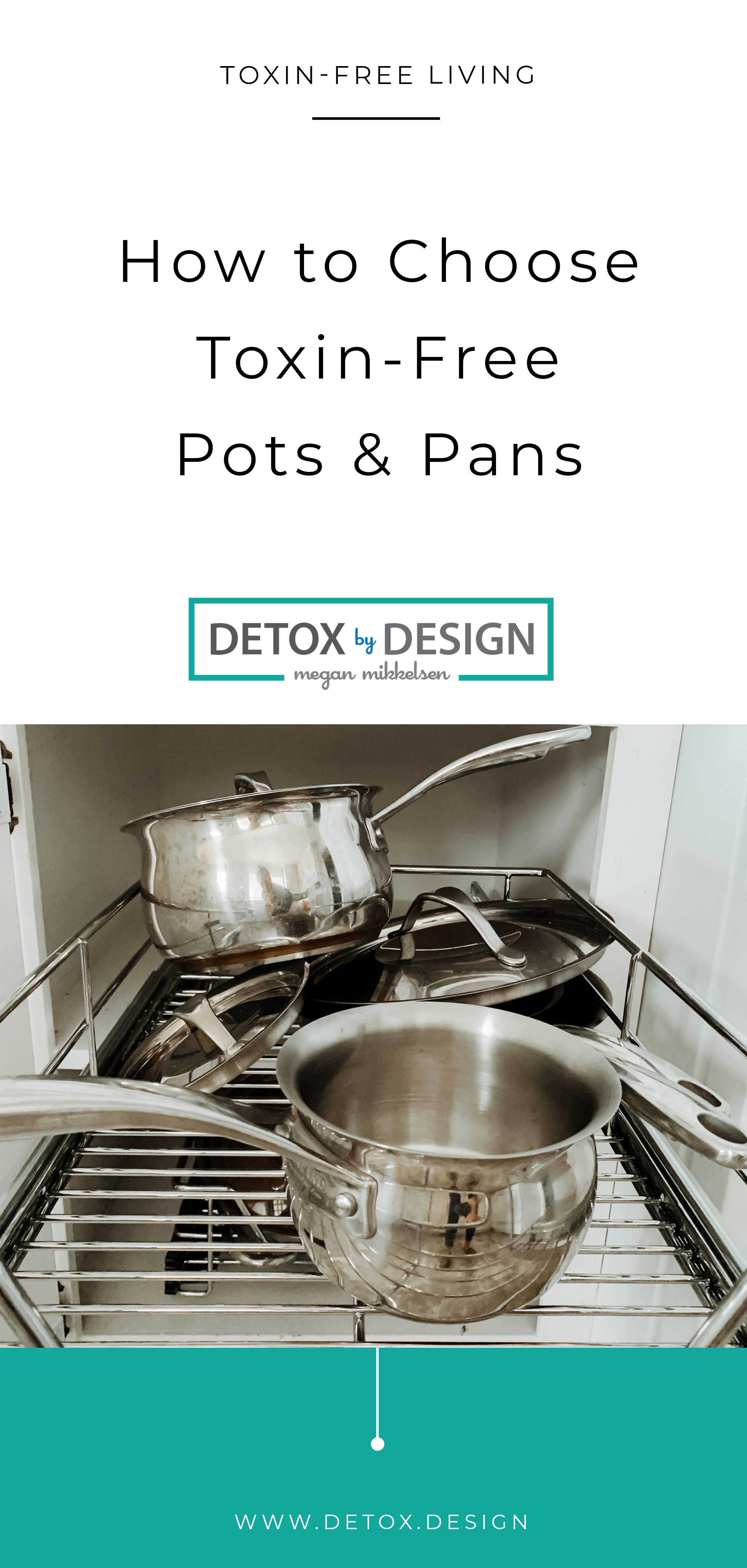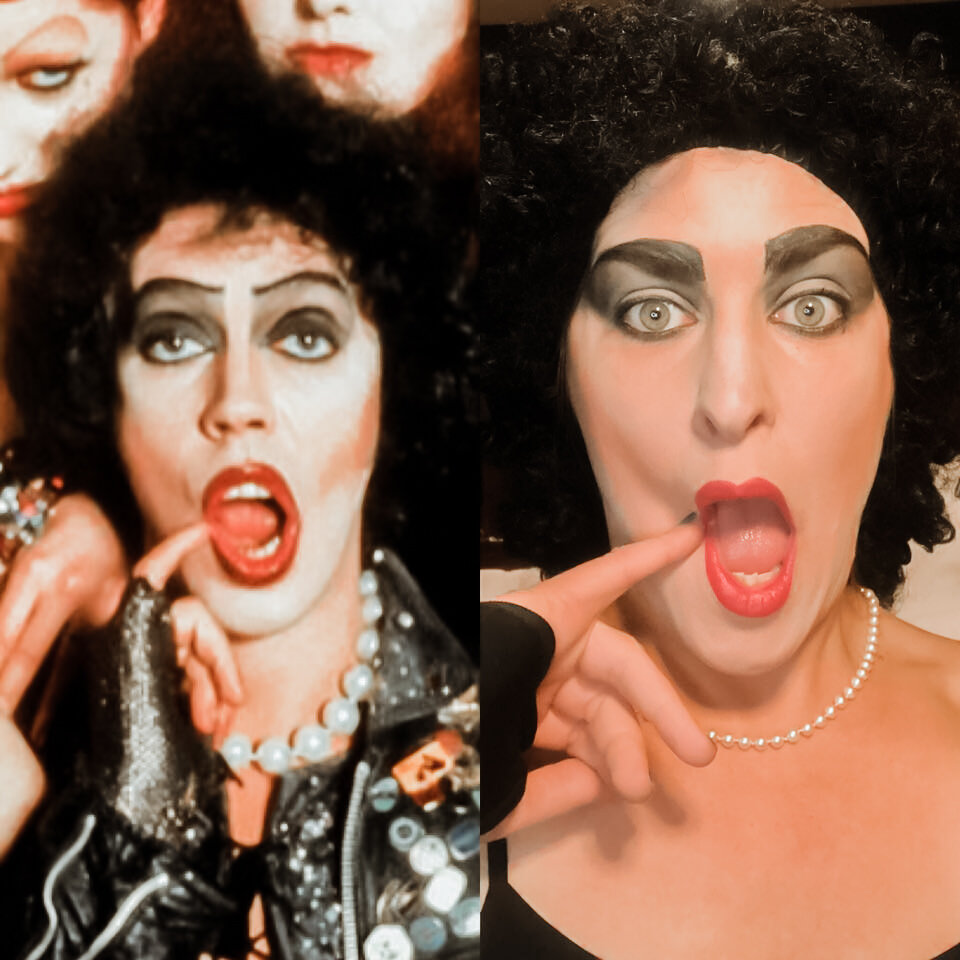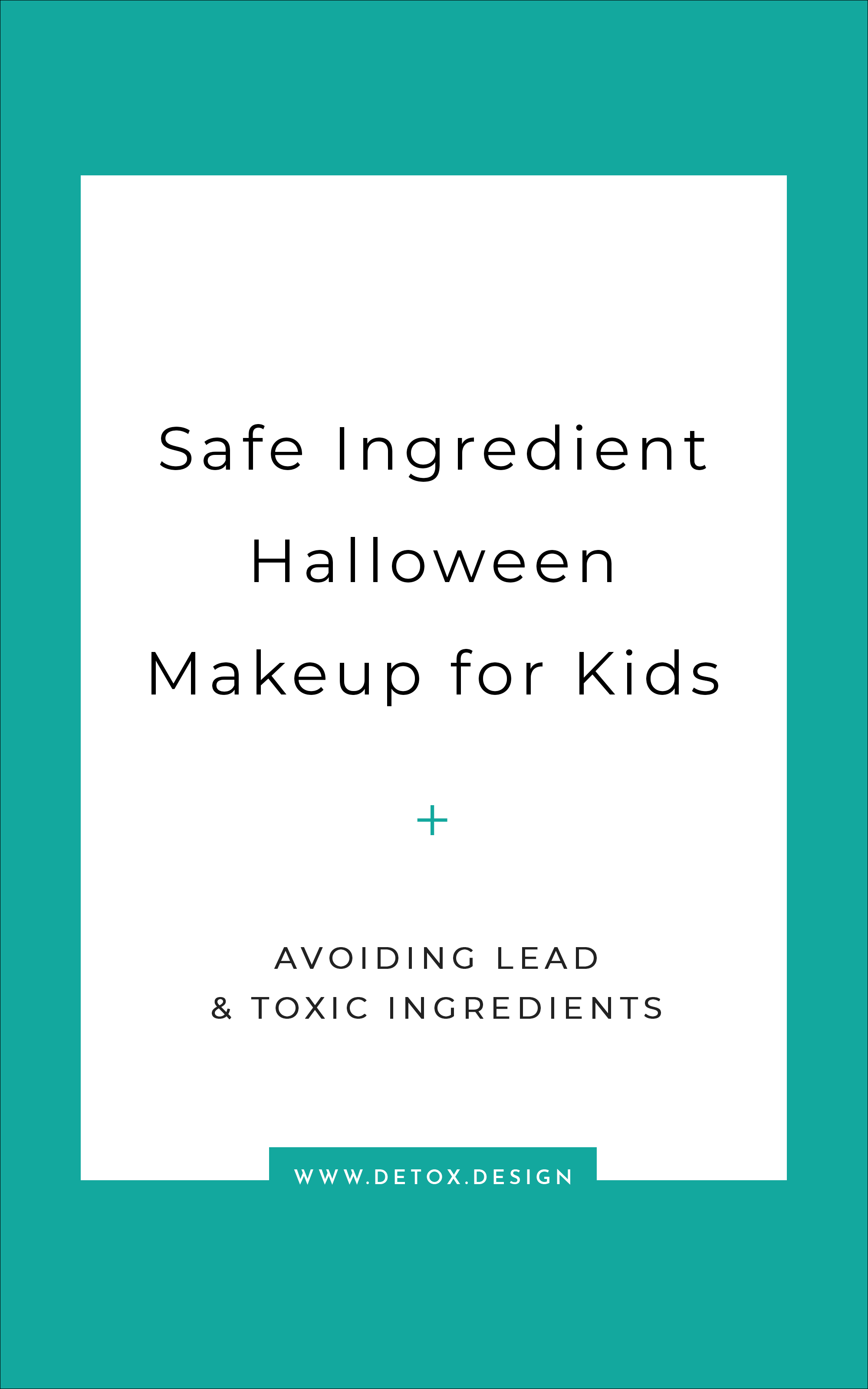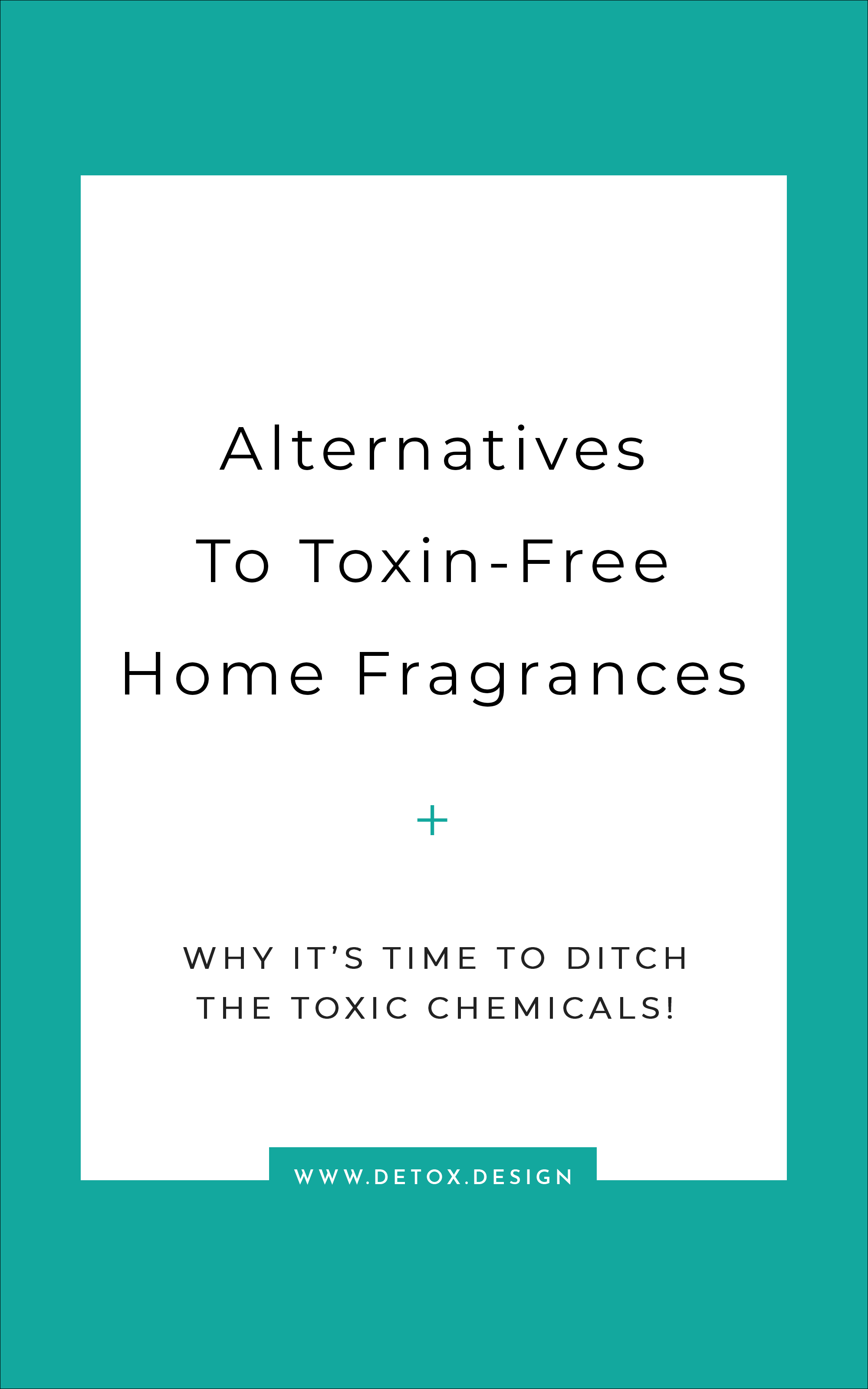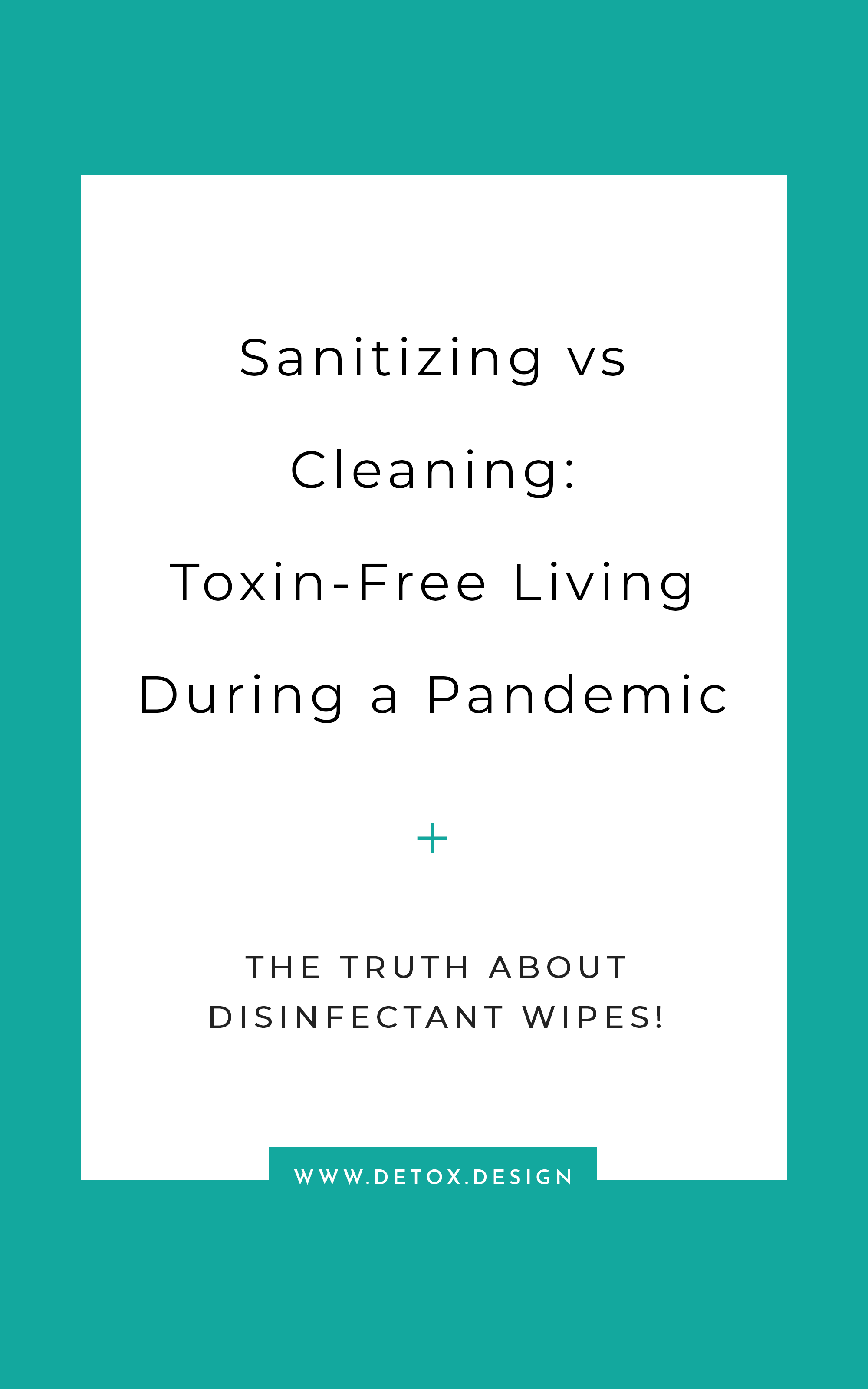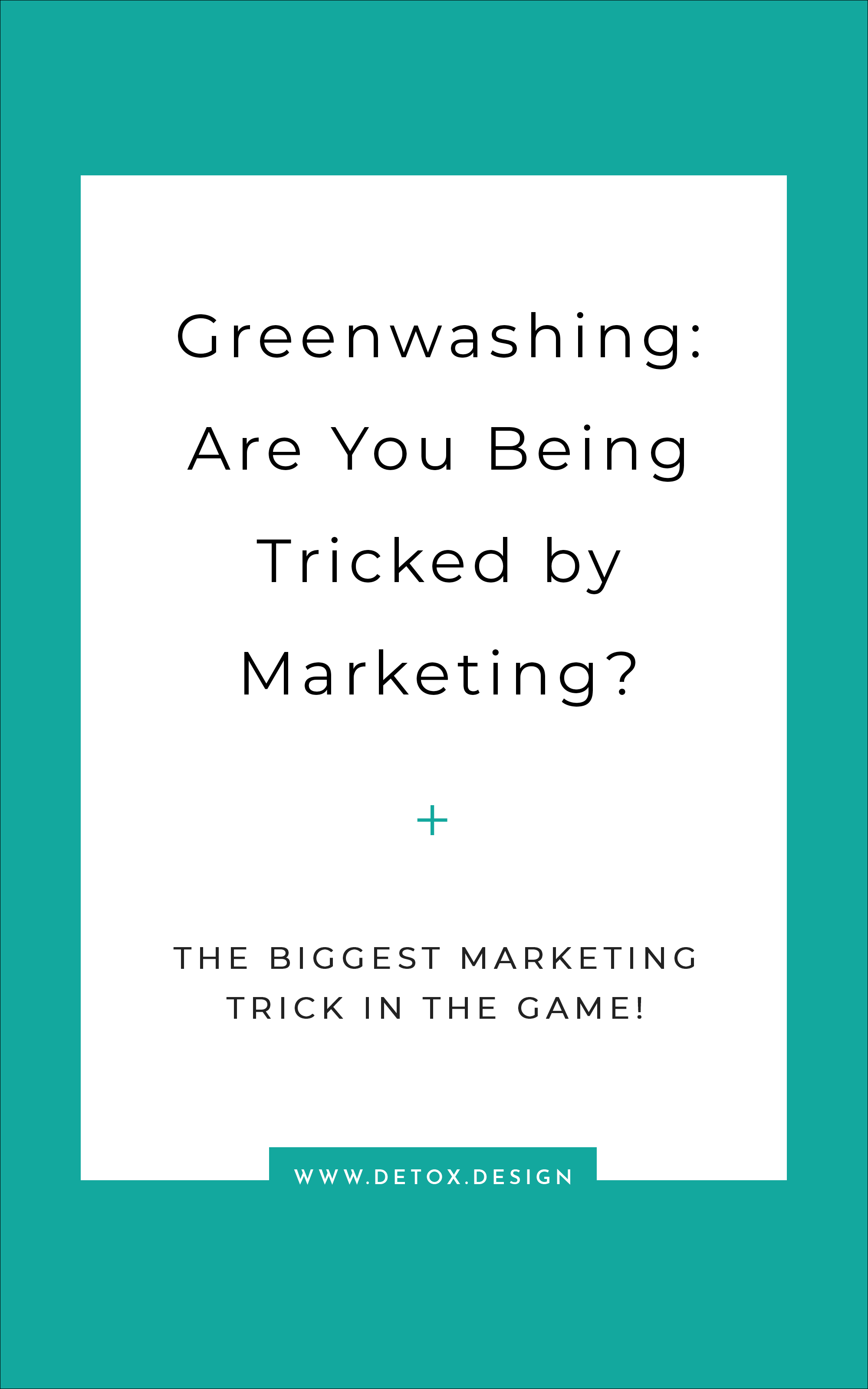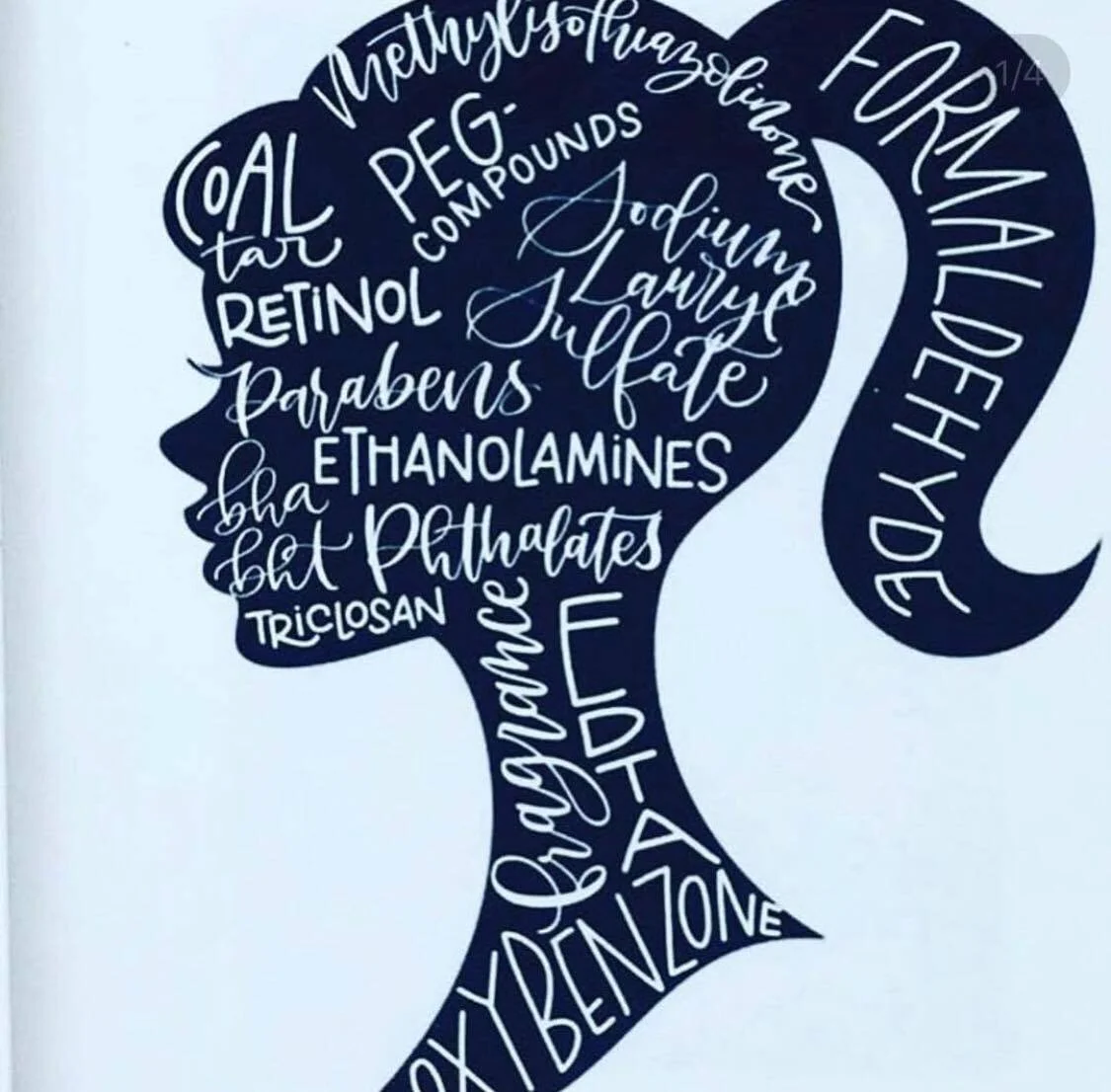Resources mentioned in the podcast:
Stainless - how to make stainless non-stick
Get started with toxin-free living with my free guide
Join my Facebook group
Follow me on Instagram
YYes, non-stick pans are convenient.
Unfortunately, conventional non-stick pans are made "non-stick" with some pretty harmful chemicals, like PFAS (Per- and Poly-Fluoroalkyl Substances, including PFOA and PFOS).
PFAS are harmful to humans, animals, and the environment. They’ve been found in water sources, fertilizer, livestock and certain soils used to grow our food. Plus they’re often in food packaging in addition to the coating on non-stick pans.
At high temperatures, these chemicals can break down and release toxic fumes - harmful to both humans and pets. If you're cooking your food in a pan with non-stick coating then you're potentially double exposing yourself to these harmful chemicals.
PFAS take a very long time to break down and they stay in the air, soil, and water for a very long time. In animals, including humans, they bioaccumulate meaning that they accumulate in the body and stick around for a long time.
PFOS and PFAS (the PFAS used in Teflon) have mostly been phased out, but even products that say PFAS-free may have one of the other 3,000 PFAS still used within consumer goods.
Are Non-Stick Pans Safe? - Choosing Toxin-Free and Eco-Friendly When Buying New Pots and Pans
Not only are these compounds bad for the environment, they've also been linked with numerous health issues including cancer. California recently banned firefighting foams with PFAS because they are a significant form of water contamination and studies have shown high levels of these chemicals in firefighters' blood.
Prioritize replacing your oldest and scratched cookware, cook on low-medium heat, well-ventilate while cooking, and be careful when cooking, washing, and storing to avoid scratching.
If you’ve tried cooking in stainless and struggled, here’s the secret - you need to use more fat! Turns out, fat isn’t as bad as we were scared into believing in the 80’s.
I prefer to use my well seasoned cast iron pans for eggs and other items that will stick and we use stainless for the rest. There’s even a way to make stainless non-stick.
Ceramic pans are a better option but be sure to use a reputable brand because ceramic can contain heavy metals like cadmium and lead.
Ready to shop for safer options? Here are some choices from Amazon.
The perfect small pan for eggs
We love this wok!
Great everyday skillet
Great set of stainless steel cookware
(Yes, I’m an Amazon Affiliate and make a small commission from purchases from these links.)

